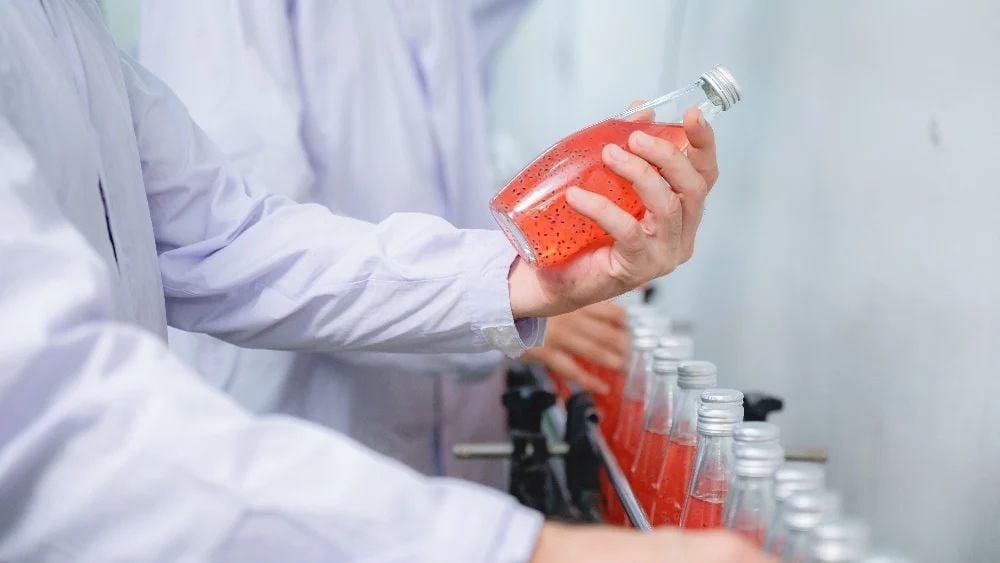Earlier this month, I had the honor to join Barilla’s Roberto Buttini on a panel moderated by Kerry’s Hugo Guiterez at the 16th annual Global Food Safety Summit.
The aim of the panel was to share practical examples of how to implement a food safety culture and how technology can contribute. As panel members, we tried to provide inspiration and “bring back home ideas” for the audience.
The foundation of food safety is establishing a food safety culture. This includes the mindset, understanding and, perhaps most importantly, the behaviors that ensure the safety of the food produced. And not just once - the real challenge is to create a culture that ensures this for each and every production.
Establishing a food safety culture is challenging as it covers many different aspects, including awareness and understanding of food safety science, acquiring the right skills, and executing it day in, day out. Furthermore, It involves not only the whole organization, but also the network of suppliers a food manufacturer relies on. Barilla’s Roberto Butini illustrated the importance of infusing fun in company-wide food safety communication campaigns to create engagement.
Related Post: 25 Years of HACCP: How New Technology Can Improve Food Safety Outcomes
Food safety knowledge and skills require proper education and training, a point that Kerry’s Hugo Guiterrez shared with examples of education campaigns for managing foreign materials.
In the end, food safety culture comes down to the right mindset and behaviors of humans, but I am convinced that technology can help make it easier: easier to get started, but also easier to maintain a food safety culture.
How Technology Can Enhance, Enforce Food Safety Practices
In this virtual world, technology can help with education and training, making content available virtually and remotely, using mobile devices, and in some advanced applications, using augmented reality. Technology can also help maintain training, reminding people when they’re up for a refresher. The same technology can also warn people, or even prevent them, from doing critical tasks when they are qualified or behind on training.
Secondly, technology can help make things easier in the daily execution of food safety tasks. Providing clear and structured workflows to ensure tasks are executed and in the right order.
Technology can also help to make the right data available where and when it is needed such that the right food safety decisions can be made easily and confidently.
But I believe technology can do more, and I hope we can look forward to more proactive innovations that, for example, help food safety professionals stay “on the right path” when doing their work. Much like a GPS navigation system, technology could monitor and, when necessary, guide operators back to a situation that ensures the safety of the food produced. A food safety culture augmented by technology. Something to look forward to, I believe!
Interested in learning more about what Veeva QualityOne has to offer for supporting food safety and food safety culture? Contact me at geert.vankempen@veeva.com to set up 15 minutes for us to explore your organization’s unique challenges and how Veeva’s solutions might be able to help.
SHARE







